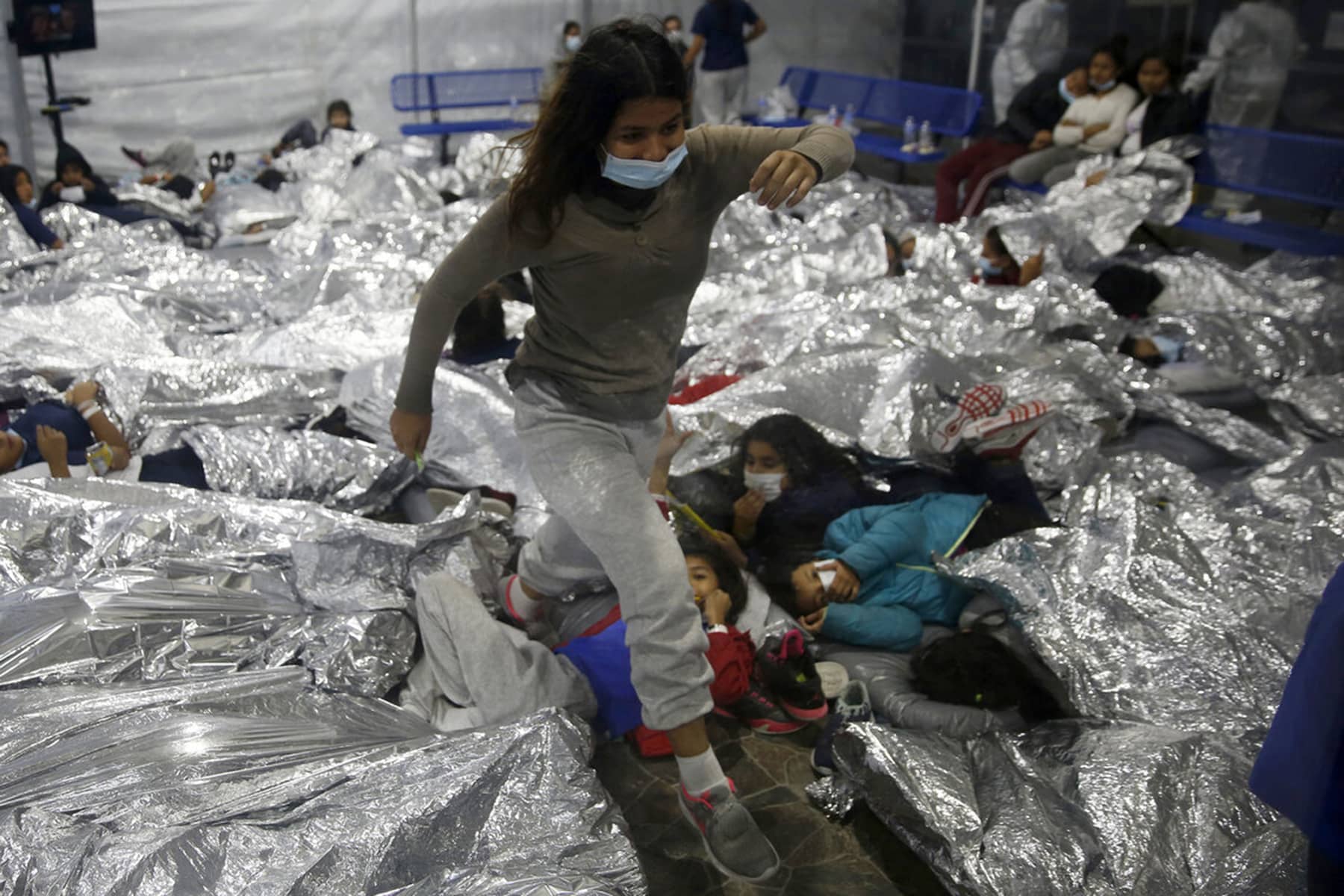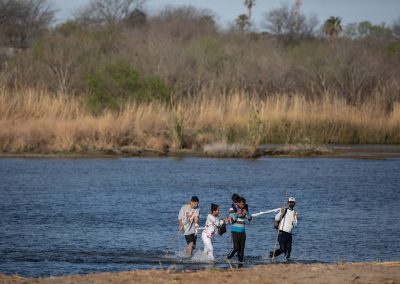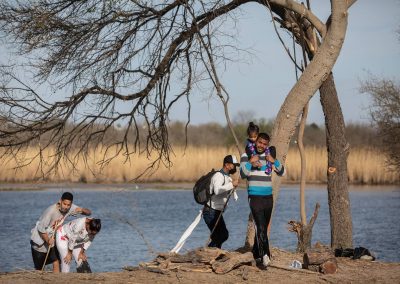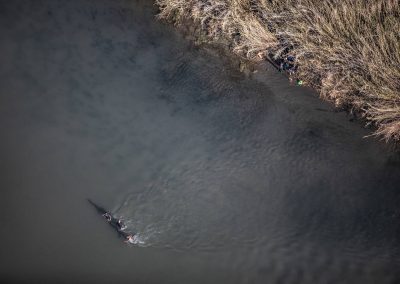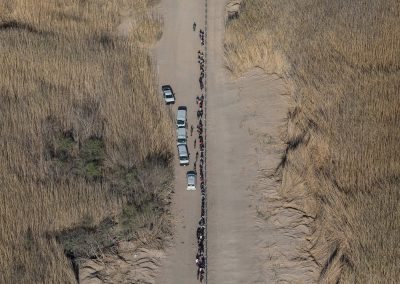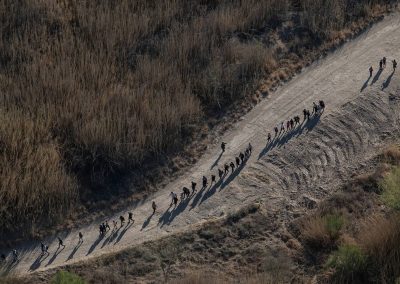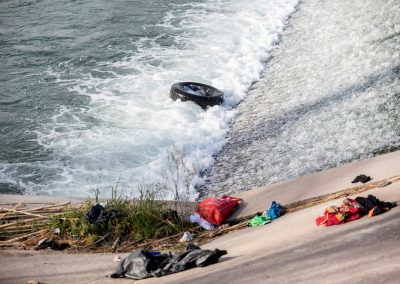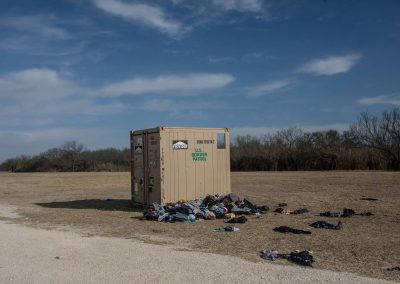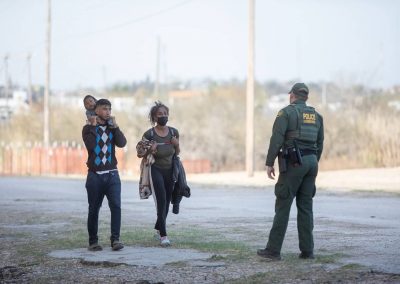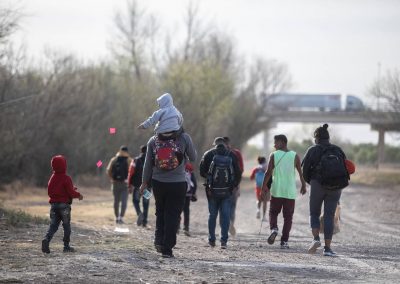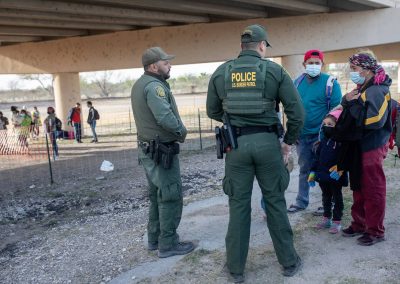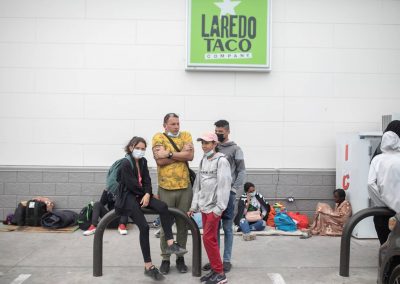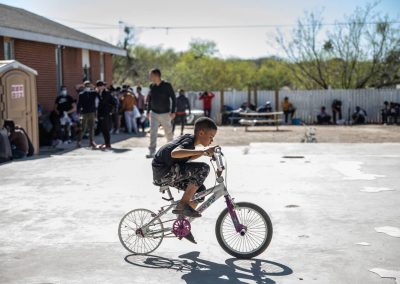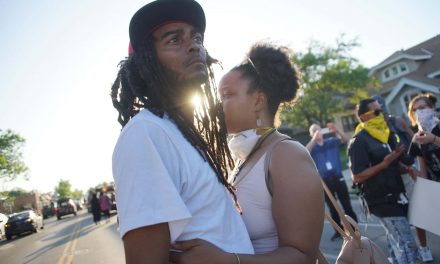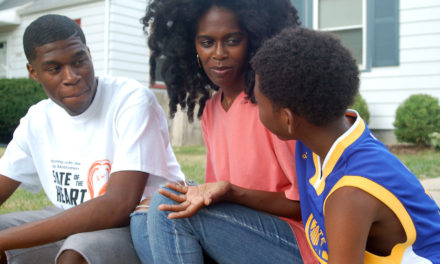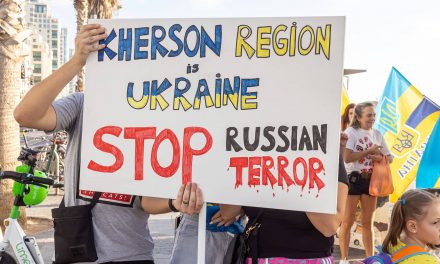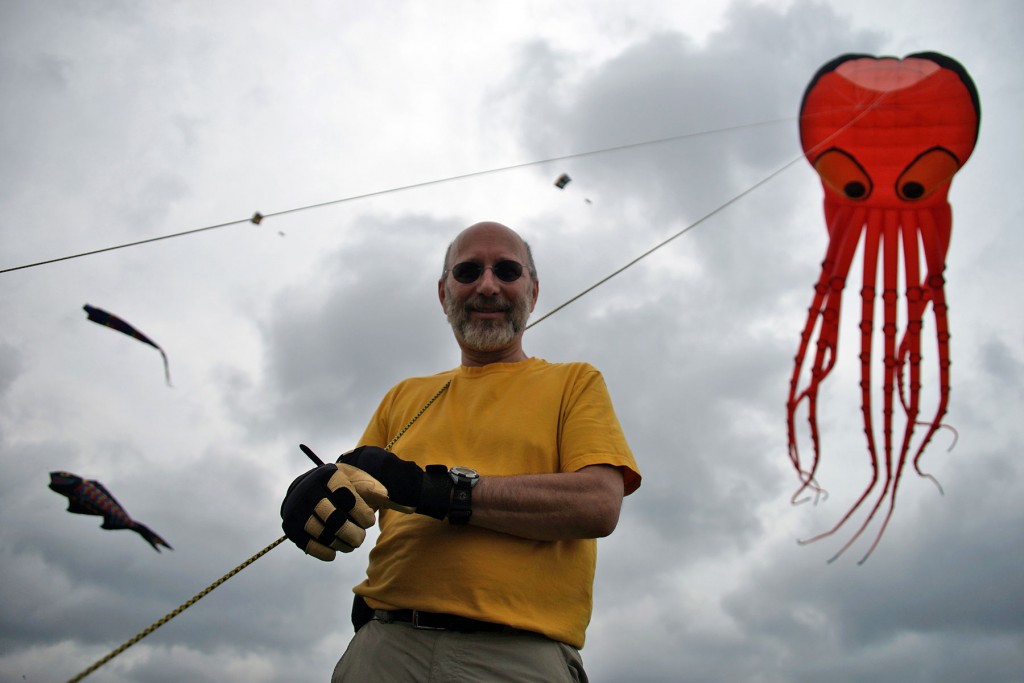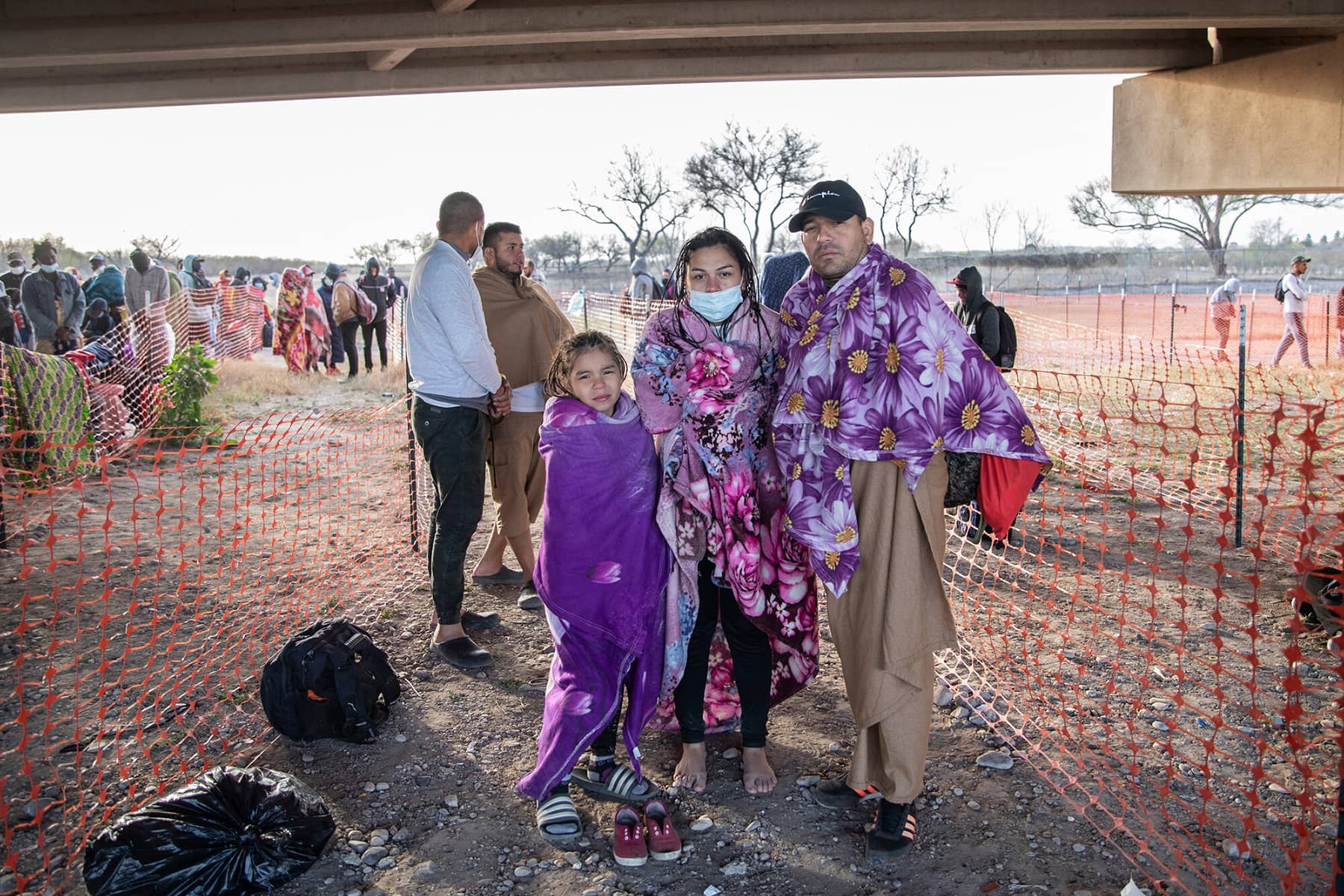
During their harrowing journey from Venezuela to the Texas border, the three Zaragoza children liked to imagine the refuge they would find when they reached the United States, a place where they would finally be free from hunger and police harassment and could simply be kids.
During their harrowing journey from Venezuela to the Texas border, the three Zaragoza children liked to imagine the refuge they would find when they reached the United States, a place where they would finally be free from hunger and police harassment and could simply be kids.
Instead, when they reached the border in March, they were detained — dirty with mud from the Rio Grande and shivering with cold — in frigid cinder block cells. They spent sleepless nights on cement floors, packed in with dozens of other children under the glare of white lights, with agents in green uniforms shouting orders.
The siblings were booked by officers who asked questions they didn’t understand and were told to sign documents in English they couldn’t read. Even after their release three days later, they feared the U.S. would never be the haven they had longed for.
Since early 2017, one of every three people held in a Border Patrol facility was a minor, a far bigger share than has been reported before now, according to an analysis of previously unpublished official records. Out of almost 2 million people detained by the Border Patrol from February 2017 through June 2021, more than 650,000 were under 18, the analysis showed. More than 220,000 of those children, about one-third, were held for longer than 72 hours, the period established by federal court rulings and an anti-trafficking statute as a limit for border detention of children.
For most young migrants crossing without documents, the first stop in the U.S. is one of some 70 Border Patrol stations along the boundary line. The records reveal that detaining children and teenagers has become a major part of the Border Patrol’s everyday work. The records also show that conditions for minors have not significantly improved under President Joe Biden. While the numbers of kids in Border Patrol custody peaked in 2019 under former President Donald Trump, they rose again when Biden took office and have remained high.
Those numbers could surge to new highs when the Biden administration eventually lifts Title 42, a public health order that border authorities have used for more than two years to swiftly expel most unauthorized border crossers, including many children.
But the Border Patrol has resisted making changes to its facilities and practices to adapt to children, even while officials acknowledge that the conditions young people routinely face are often unsafe.
“A Border Patrol facility is no place for a child,” Homeland Security Secretary Alejandro Mayorkas, the nation’s highest immigration official, has repeatedly said. However, even now, as authorities are scrambling to beef up enforcement and expand detention capacity in preparation for a post-Title 42 influx, the Border Patrol’s basic approach to kids remains the same: Just move them out of custody as fast as possible.
Without broader changes, many thousands of kids seeking protection will remain at risk for harsh, demeaning and sometimes dangerous treatment as their first experience of the United States.
The analysis is based on data on detentions of all migrants under 18 years old — including minors who came without a parent, called unaccompanied children, and those who crossed the border with their families. The data was obtained by freedom of information requests from Customs and Border Protection, the larger agency that oversees the Border Patrol, and it ranges from February 2017, through the Trump administration, to June 2021, including the first five months under President Biden. In recent years, public reports of child detentions by the Border Patrol included only unaccompanied minors, omitting tens of thousands of children in families.
The Title 42 emergency order, first activated by Trump in March 2020 at the start of the Covid-19 pandemic, allows agents to expel unauthorized border crossers immediately, with no legal proceeding or chance to request asylum. When Biden took office, he instructed agents to exempt unaccompanied minors from the order, but many children in families continue to be expelled. On May 20, a federal district judge in Louisiana imposed a nationwide halt to Biden’s plans to completely lift Title 42. But the administration is appealing, and border officials say they are getting ready for the order to be lifted sooner or later.
After the Title 42 expulsions end, officials say they are bracing for a big upsurge of migrants entering the country, with estimates as high as 18,000 a day, including many children. With a return to regular law, many of those migrants will be detained for processing, potentially overwhelming already packed Border Patrol facilities, and intensifying crowding and prolonging processing times for minors in custody.
Yet a 20-page border security blueprint Mayorkas released in late April, outlining extensive preparations for lifting Title 42, includes no details of any plan to improve the Border Patrol’s handling of children.
Officials are well aware that most Border Patrol stations were built like police lockups, with crude cells designed for a time decades ago when the majority of migrants apprehended for crossing without authorization were adult men, who were likely to be held briefly and rapidly deported.
“My goal and my priority is to limit the time that a child has to stay in our facility,” Raul L. Ortiz, the chief of the Border Patrol, said in an interview.
But as the numbers of migrants have swelled, logjams occur, and young migrants can be trapped in Border Patrol stations for many days. Even a day or two in jail, surrounded by armed officers and cut off from the outside, can be searing for a child. The dismal conditions in many stations have led to constant reports of neglect and abuse. Little has been done to improve conditions for children in Border Patrol facilities, or to prevent them from ending up there at all, with official efforts focused primarily instead on reducing the time children spend detained.
“It’s a false choice,” said Marion Donovan-Kaloust, directing attorney at the Immigrant Defenders Law Center in Los Angeles, which represents thousands of unaccompanied minors. “Because we could also have facilities that are not so dangerous for children and still want to get them out of there quickly.”
While migrant children have been held at many different Border Patrol facilities, their accounts of the conditions are strikingly consistent.
Drawing on interviews with a total of 25,602 minors, four legal services organizations presented four separate complaints to the civil rights oversight office of the Department of Homeland Security on April 6. Children reported being yelled at, cursed, kicked and shoved by Border Patrol agents. Teenagers said they were badgered by officers who contended they were lying about their age to conceal that they were adults.
Many young people said the food was stale and made them sick. Kids with fevers, coughs and stomachaches could not get basic medical care, even during the height of the pandemic. Children were held for days in filthy, sodden clothes after fording the Rio Grande. Toilets and showers lacked privacy, so children were mortified to use them.
The youths’ most universal memory was of bone-chilling cold in the air-conditioned stations, which are known across the border as hieleras, meaning iceboxes in Spanish.
Interviews with more than 1,300 children counseled by the Immigrant Defenders Law Center, from March through July 2021, showed that about one in five experienced some form of this mistreatment while in Border Patrol custody. Almost a third of the children were held longer than 72 hours. More than 6,000 minors were interviewed by the Florence Immigrant and Refugee Rights Project in Arizona, from January to mid-August, 2021. At least 780, or about one in eight, said they were held more than 72 hours, often for longer than a week, and more than 200 said they experienced some other form of mistreatment, according to interviews.
In Del Rio in March, one of the Zaragoza children, Alejandra, 11, recalled that the Border Patrol station provided only Mylar sheets for cover. Alejandra said she had lost her only jacket in the river. “The whole time in that jail I was very, very, very cold,” she said.
She told the story with her father and two siblings outside a gas station where the family, dazed and disoriented, had stopped to regroup, hours after the Border Patrol had released them, allowing them to remain in the country to pursue an asylum claim.
Her father, Alberto Zaragoza, 44, said he had been a federal policeman in Venezuela. But he ran afoul of the authoritarian president, Nicolás Maduro, who was transforming the police into a political militia controlled by the military. Zaragoza said he was forced out of the police and driven from his home by threats. His wife left him. But his children wanted to come with him when he decided he had to flee.
After the family made it across the icy, churning Rio Grande, Border Patrol agents closed Alejandra and her sister in a teeming cell with a dirty sink and a toilet with no door, “in the plain light,” she said, for other migrants to see. The lights in the cell were never turned off.
“We never knew what time it was, because we couldn’t see the night or the day,” Alejandra said.
Her father was held nearby, but her brother, who is 19, was separated from the family, leaving the sisters sobbing in panic that he would be deported back to Venezuela. The family reunited only by luck after they were released, when they all found their way to the same nonprofit respite center in Del Rio.
Her time in detention, Alejandra said, left her afraid that police in the U.S. were no different from the police her father was escaping.
Another Venezuelan family, Diana Obispo Ortega and her three daughters, said they were held for five days at a different facility in the Border Patrol’s Del Rio sector, in a tent for families. Hours after their release in late March, they were crouched in a shaded corner outside the Del Rio airport, hoping somehow to collect enough money to travel to relatives in Florida.
“I don’t know why they treated us like they hated us,” said Arrinys Gomez Obispo, one of the daughters, who is 14.
Two days in, Arrinys developed a sore throat, a dry cough and a headache. Her fever shot up. An attendant told her no medication was available. “Don’t worry, you won’t die of that,” she said the woman told her. At that time, none of the four family members was tested for Covid-19, and they didn’t hear of anyone in the Border Patrol facility who had been.
In five days, they said, they were not able to bathe or brush their teeth. “I wasn’t expecting all that much,” Arrinys said. “Just some water, a toothbrush, maybe a bed.” Instead, she said, “I cried every day I was in there.”
Among Border Patrol officers, frustration has simmered over the responsibilities they have for dealing with children, when the agency has given them little training or support to meet the demands for child-oriented care.
In Del Rio, agents regularly risk their own safety along the turbulent stretch of the Rio Grande to save migrant children from drowning. In March, agents pulled two children, ages two and three, from the water as their Venezuelan parents lost their footing in the rushing water.
Border Patrol officials say they would prefer for agents, rather than coping with children, to be in the field defending against drug traffickers, human smugglers and terrorists. Their emphasis has been on speeding the release of minors.
“We consider the children a vulnerable population,” Chief Ortiz said. “So this is a fast-moving process. When you try to keep children less than 24 hours and a portion of that time is for processing, they won’t have the comfort of somebody in your custody for long periods of time.”
In every month so far this year, stations across the border have been full beyond their 5,000-person total daily capacity, with more than 16,000 migrants in custody on some days, Chief Ortiz said, crowding the spaces for children. “It’s not going to be as comfortable as they would like,” he said.
Channels for children from the Americas to migrate legally to the U.S. are very limited and choked with backlogs. Few official avenues have been open, even as new levels of danger and desperation have spurred child migration across the hemisphere.
Gangs that live by extortion and bloody turf feuds have dug in across the northern triangle countries of Central America, threatening teenagers with forced recruitment and sexual violence. Hurricanes and droughts devastated food supplies. The pandemic crippled economies in Brazil, Cuba, Haiti, Nicaragua and Venezuela, which are also staggering under misgovernment and political crises.
Because of the insecurity, workers drawn by the magnet of a strong U.S. labor market no longer leave their children behind at home, as they did for generations, so family migration has soared. Many young people who come unaccompanied are pulled by a longing to be reunited with a parent already living in the U.S.
Early in his term, Biden exempted unaccompanied minors from the Title 42 order, rejecting Trump’s summary expulsions of those children. But Border Patrol stations soon were swamped. By law, most unaccompanied minors must be transferred within 72 hours from the Border Patrol to the Department of Health and Human Services, which runs a nationwide network of shelters. In the disarray early last year, that limit was frequently violated.
The administration raced to establish emergency processing centers to take kids from the stations, and to expand the health department shelter system. But in spite of all the resources and high-level attention expended on that crisis, little was done at the time to upgrade Border Patrol facilities to accommodate children. The opportunity was lost.
By contrast, children who come with their families have continued, under Biden, to be subject to Title 42 expulsion. But increasingly the administration has allowed families with children, like the Zaragozas, to enter and apply for asylum, under regular enforcement laws. In particular, many families from Cuba and Venezuela have been released from detention and allowed to stay in the U.S. with pending immigration proceedings. Governments in those countries do not generally accept deportations from the U.S., and Mexico has often refused to accept expulsions of migrants from those countries.
While the acute crisis for children has ebbed since last fall, according to CBP figures, overall numbers of children detained by the Border Patrol have stayed consistently high.
It was during that chaos in the spring of 2021 when M.J., an unaccompanied 14-year-old girl from Guatemala, landed in a Border Patrol facility in the Rio Grande Valley of Texas. Instead of the maximum of 72 hours, as required, she was held for 18 days, according to case records reviewed by lawyers with the Immigrant Defenders, who are representing her in her immigration case.
M.J. had been injured in the last days of her journey across Mexico. She leapt from a moving freight train, landing on her shoulder in a bank of rocks, M.J. said in an interview in California in March. (Because she is a minor in legal proceedings, she asked that her name and exact location not be published.)
With her arm swollen and blue, M.J. turned herself in to the Border Patrol soon after crossing the Rio Grande. Agents kept her in handcuffs for 24 hours, she said, aggravating the ache.
She was moved to a vast tent holding families and minors, most likely, based on court documents, in Donna, Texas. Crammed with dozens of girls into a cell defined by clear plastic walls, M.J. slept on a narrow metal bench for nearly three weeks. To leave the cell to use the bathroom, she had to ask each girl for permission to step over. She never had a change of clothes, she said.
She fashioned a sling from a borrowed cloth to relieve the throb in her shoulder. An attendant, citing security rules, took it away, M.J. said. There were nurses on duty, but they declined to give her medication for the pain.
“No one told you to come to the United States,” she said one attendant told her.
The only food was egg burritos and beans, often half-frozen. On the fourth day, M.J. said, she started to vomit from stomach cramps and shoulder pain. The medical staff, relenting, sent her to a local clinic, where examinations revealed a fractured shoulder and severe dehydration.
A physician gave her a sling and prescribed a painkiller. After she was returned to the detention facility later that day, M.J. said, a guard took away the new sling. She never received the medication.
M.J. said she understood that she had entered the U.S. without papers and could be deported. But she recalls the sting of being treated like the gangsters she had fled Guatemala to escape. “Like a prisoner, someone who had committed a terrible crime,” she said.
Data analyzed showed little change for kids between the Trump administration and the initial months of the Biden administration. Half of the people detained by the Border Patrol in Biden’s first five months were minors, the data shows, and 30 percent of those kids spent more than 72 hours in custody. Under Trump, 35 percent of them had stayed longer than 72 hours.
By September of last year, although the unaccompanied minors crisis had abated as the expanded health department shelter system took them in more efficiently, conditions for children passing through Border Patrol facilities remained poor.
But pressures for change have been intensifying. During the Trump administration, CBP was jolted by several deaths of children in its custody. Under Biden, demands for the Border Patrol to improve conditions are coming from Congress and advocates, and from agents within the force, who say they have been maligned for their handling of children, a job they were never prepared to do.
Recently, CBP has started to respond. The Border Patrol has hired cleaning custodians, medical providers and childcare assistants, Chief Ortiz said. CBP opened or expanded at least five temporary tent facilities for families and unaccompanied minors, designed with laundry rooms and play spaces, according to CBP officials. With a concerted effort to coordinate between agencies, the Border Patrol has reduced times that unaccompanied minors spend in those tents, improving compliance with the 72-hour limit, Ortiz said. About 285 civilians have been hired to assist uniformed agents with booking and transfer of minors, congressional records show, and Congress has authorized funds for 1,200 more.
“That allows me to get Border Patrol agents back into the patrol duties,” Ortiz said. But as long as the numbers of children remain high, he said, “our priority certainly is their welfare and care.”
But more than 180,000 minors were likely detained by the Border Patrol from October 2021 through this past April, based on estimates, still roughly one-third of detentions. With the prospect of a sharp increase in migrants and Border Patrol detentions looming after Title 42 expulsions end, lawmakers say these measures will not be enough and are calling for more expansive reforms. Rep. Lucille Roybal-Allard, a Democrat from California who chairs a key House Appropriations subcommittee, secured $14.7 million this year for CBP to hire, for the first time, licensed child welfare workers trained in trauma care. She also secured funding for new inspectors to make unannounced visits to Border Patrol stations.
Drawing on $1.4 billion Congress authorized to supplement border enforcement, CBP is considering plans for two new family centers with no hard-cell detention at all. They would combine government agencies and non-profit groups in one location, to launch children and families on their immigration cases and organize their safe release.
But many legal advocates are clamoring for a more fundamental shift: posting child welfare workers at the front lines, to take over the interviewing and care of young people before they ever reach a Border Patrol cell.
“This is an agency that should have nothing to do with children,” said Laura Belous, an advocacy attorney at the Florence Project.
In Eagle Pass, Texas, one day in late March, an eight-year-old boy huddled with his mother in a corner of a chaotic respite shelter, not long after being released from a big Border Patrol tent. The family was Cuban, and they had joined a growing exodus from the island to escape a dead-end communist regime and critical shortages, even of food.
The boy, Andrew Cordero Bullain, said they were hoping to go to live with his grandfather in Miami. He had been promised a new Atari video game, which had made the grueling two-month journey seem worth it. He had been brave, he said, even when the Rio Grande waters rose to his forehead and, for a moment, he couldn’t breathe.
But, lowering his voice to a whisper, the boy said he was still thinking about his time in detention.
“I’m telling you this,” Andrew said. “I was scared in there. I didn’t like being in that jail.”
Аnnа Flаgg and Julіа Prestоn
Kіrstеn Lucе
Originally published by The Marshall Project as “No Place for A Child”

